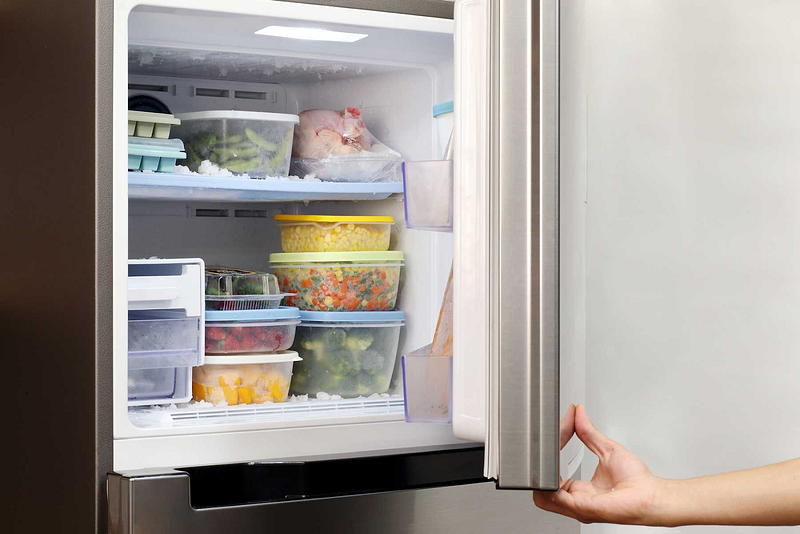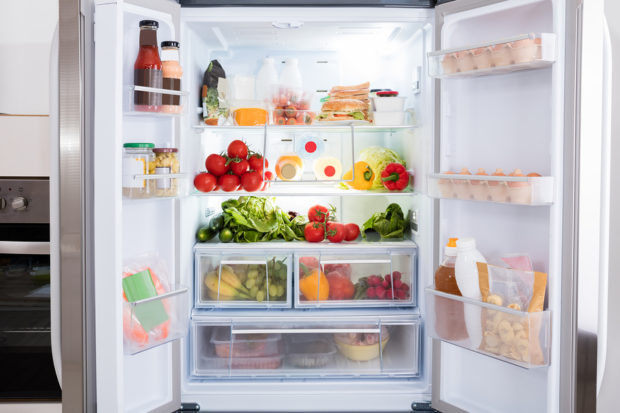Defrosting Food
Date Posted: 18/08/2020

Fridges and freezers are fantastic, but do we know how to use them correctly? When working in a new household, you may be asked to do new things. Freezing food, thawing food, preparing and cooking bulk meals.
When you freeze food, you freeze everything — this means pathogens. Pathogens are either disease-causing bacteria or other microorganisms. As soon as the food starts to become warmer at temperatures above 40 degrees Fahrenheit, bacteria multiplies.
So when you are about to thaw frozen food, here’s what you should do to make sure that bacteria will not thrive.
1. Put it inside the refrigerator.
This is the easiest way, but not the quickest. You should plan when you’ll do this. The advantage of using this method is that the refrigerator can keep food at a safe temperature. Then you can thaw the food while you are at work. If you decide to eat out, the food could still be safe for a few days.
2. Putting it in cold water.
If the food is sealed, then you can put it in cold water. Put the package underwater in a big bowl or the sink and change the water every 30 minutes until you see that the food is already defrosted.
3. Microwaving.
This might result in being uneven and leading to poor quality or bacterial growth. The best reason to use this method is if you’re going to cook the food already. You can also use it for fruits and berries that you plan on serving immediately.
4. Room temperature.
You can use this method for pastries, breadfruits that can be thawed for 2 to 4 hours at room temperature. But avoid this method for vegetables, meat, and fish.
5. Put under running water.
You should use this method when you are about to eat meat.

You should avoid these:
- Leaving the frozen food outside. This might seem like the quickest way, but the temperature is too high, and bacteria will develop.
- Do not use hot water to defrost anything as this can also encourage bacteria to multiply.
- Be careful with meat because some packages already say that it was previously frozen before. In that case, do not return it in the freezer.
It is very easy to turn a blind eye to something that otherwise seems safe, but done incorrectly, you can get sick. If you follow these simple tips on how to correctly defrost food, you will be just fine!
- Food safety is in your hand Critical control points are your friends (7 food safety tips)
- 5 Ways to Safely Thaw Frozen Foods


